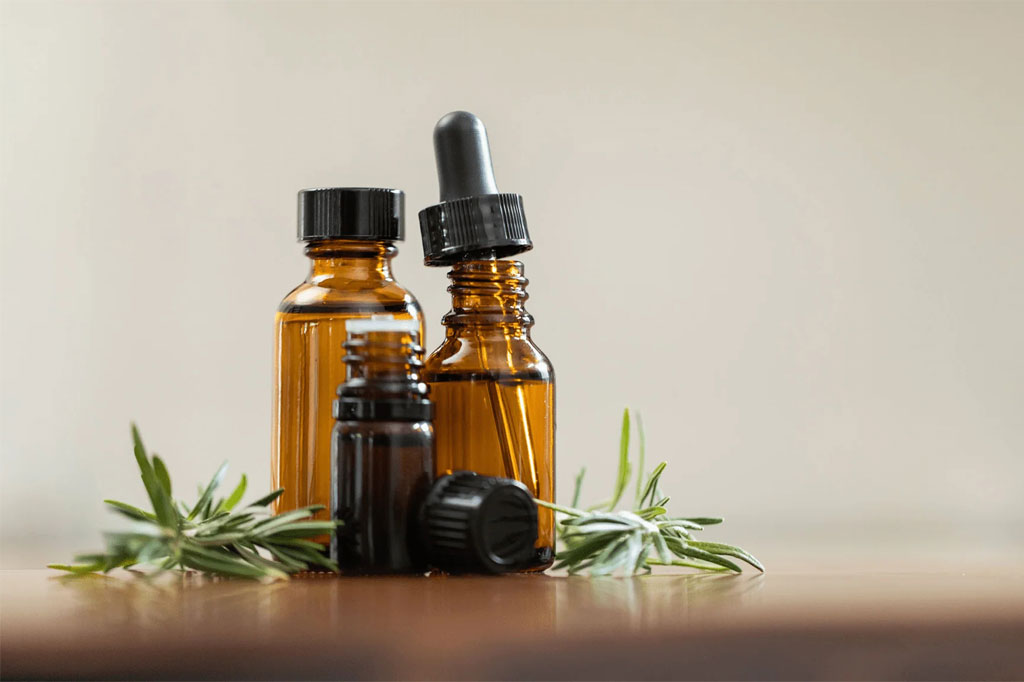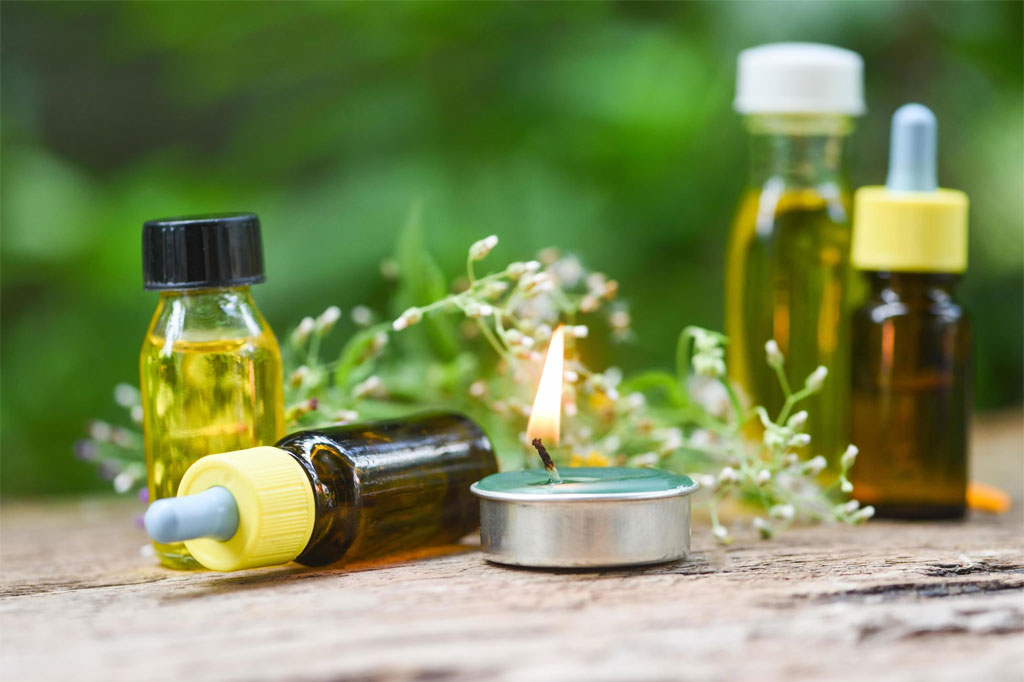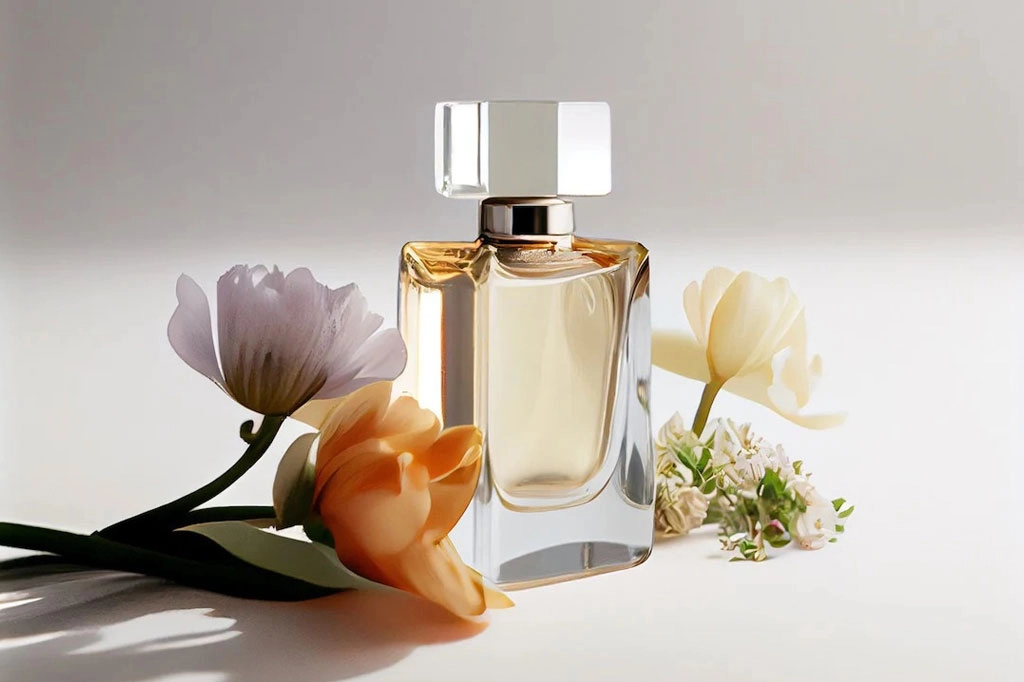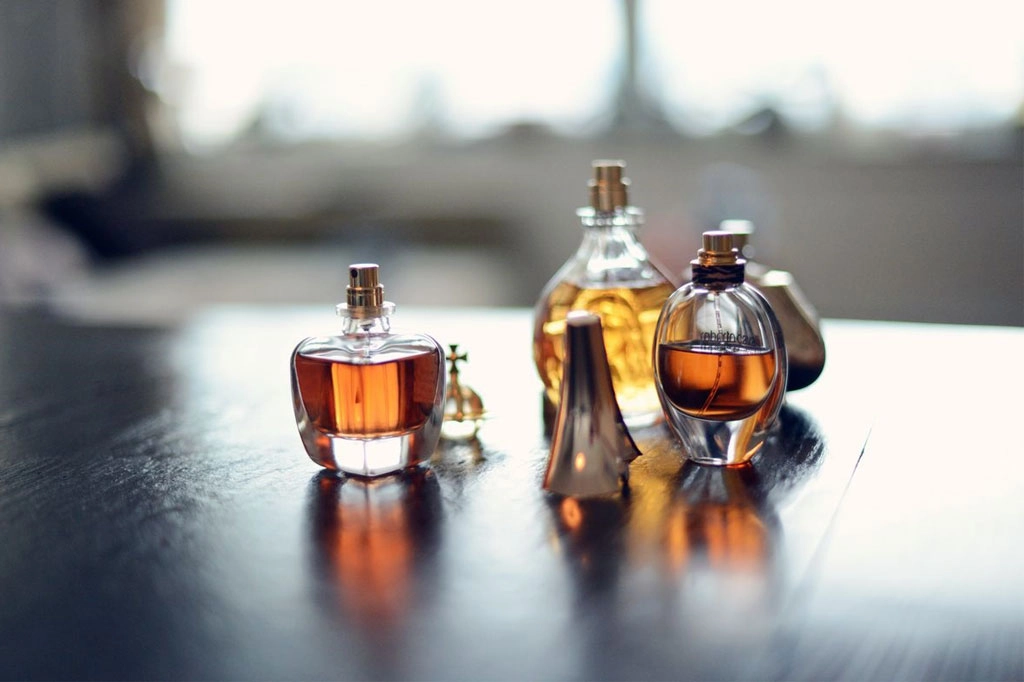Essential oils are prized for their purity, potency, and therapeutic benefits—but maintaining their quality requires appropriate packaging. Whether you’re launching a new aromatherapy line or expanding an existing skincare brand, sourcing high-quality essential oil bottles is critical for product protection, branding, and customer satisfaction.
This comprehensive guide will walk you through the key considerations, materials, suppliers, and tips to help you source the best essential oil bottles for your business.
1. Why Bottle Quality Matters for Essential Oils
Essential oils are highly volatile and easily affected by environmental elements like light, heat, and air exposure. Poor-quality bottles can lead to oxidation, evaporation, and degradation of the oil, compromising efficacy and shelf life.
Choosing the right bottles not only preserves product integrity but also reflects the professionalism and reliability of your brand.
2. Key Features to Look for in Quality Essential Oil Bottles
When evaluating bottles, keep these essential features in mind:
a. Material Compatibility
Choose materials that are non-reactive and impermeable. The most common and reliable materials include:
- Glass (especially amber or cobalt blue): Preferred for their impermeability and UV protection.
- PET Plastic (for non-therapeutic oils): Lightweight and break-resistant, but less protective and may not be suitable for pure essential oils.
b. UV Protection
Essential oils are light-sensitive. Amber and cobalt blue glass bottles offer protection from UV rays, which helps prevent degradation.
c. Leak-proof Sealing
High-quality bottles should come with tight-fitting closures, such as:
- Screw-on caps with tamper-evident seals
- Euro dropper caps
- Rollerball inserts or pipettes
- Orifice reducers for controlled dispensing
d. Size Variability
Popular sizes for essential oil packaging include 5ml, 10ml, 15ml, and 30ml. Choose based on your product type, price point, and customer usage patterns.
3. Popular Types of Essential Oil Bottles

Understanding the types of bottles commonly used in the industry helps you match packaging to your product line:
- Euro Dropper Bottles: Equipped with orifice reducers for drop-by-drop dispensing. Ideal for aromatherapy use.
- Roll-On Bottles: Feature rollerballs for topical application. Often used for blends and personal care items.
- Boston Round Bottles: Classic and versatile, often used for oils, tinctures, and serums.
- Vials and Sampler Bottles: Small sizes (1-2ml) ideal for trial kits or promotional use.
- Dropper Bottles with Pipettes: Offer precise dosage, ideal for premium or therapeutic lines.
4. Sourcing Channels: Where to Buy Essential Oil Bottles
There are several ways to source essential oil bottles depending on your scale, budget, and timeline.
a. Wholesale Packaging Suppliers
These companies specialize in essential oil bottle wholesale, offering discounts on larger orders.
- Examples: SKS Bottle & Packaging, Freund Container, Berlin Packaging
- Pros: Cost-effective, consistent quality, customizable options
- Cons: Minimum order quantities may apply
b. Private Label or OEM Manufacturers
If you want custom-branded packaging, partner with an original equipment manufacturer (OEM) who can design and produce to your specifications.
- Pros: Full customization (color, logo, labeling)
- Cons: Higher upfront costs, longer lead times
c. Online Marketplaces
Platforms like Alibaba, Amazon Business, and Uline provide access to a wide range of bottle types and suppliers.
- Pros: Wide variety, price comparison, flexible order sizes
- Cons: Quality control can vary; shipping times may be long
d. Local Distributors
For smaller batches or urgent needs, local distributors offer convenience and lower shipping costs.
- Pros: Faster delivery, easier communication
- Cons: Limited inventory, possibly higher costs
5. Assessing Supplier Quality and Reliability
Once you’ve identified potential suppliers, vet them carefully:
a. Request Samples
Always order product samples before placing large orders. Test for:
- Seal integrity
- Material thickness
- Compatibility with your essential oils
- Cap functionality (leak-proof, smooth threading)
b. Check Certifications
Look for certifications such as ISO, FDA, or SGS compliance, especially if you’re selling internationally.
c. Review Customer Feedback
Research reviews and testimonials to assess the supplier’s reputation for consistency, delivery speed, and service.
d. Evaluate Customization Options
Some suppliers offer services like screen printing, labeling, embossing, or color customization. Ask about:
- Lead times
- Minimum order quantities
- Additional fees
6. Common Mistakes to Avoid When Sourcing Bottles
Avoid these pitfalls that could impact product quality and branding:
- Using plastic for pure essential oils: They may degrade plastic over time.
- Neglecting UV protection: Clear bottles expose oils to light damage.
- Overlooking bottle closures: Low-quality caps can leak or break.
- Underestimating shipping costs: Bulk glass bottles are heavy and fragile.
7. Tips for Cost-Effective Sourcing
a. Buy in Bulk
Larger orders typically result in lower unit prices and better negotiation power.
b. Consolidate Suppliers
Working with a single supplier for bottles, closures, and labels can simplify logistics and potentially reduce costs.
c. Plan Ahead
Essential oil bottles, especially custom designs, may have long lead times. Forecast demand and order in advance to avoid stockouts.
d. Consider Local Manufacturing
If importing costs are high, explore local bottle manufacturers or distributors to minimize shipping expenses and delays.
8. Environmental and Brand Considerations
Today’s consumers value sustainability. Consider packaging options that align with eco-conscious practices:
- Recyclable glass bottles
- Reusable closures
- Minimal plastic components
- Biodegradable labels
Using sustainable packaging can boost your brand image and appeal to environmentally aware customers.
9. Custom Branding for Competitive Advantage
Your essential oil bottle is more than a container—it’s a key branding element. Invest in custom packaging to enhance shelf appeal and customer experience:
- Embossed or engraved logos
- Color-matched glass to match brand themes
- Foil-stamped or waterproof labels
- QR codes for product traceability or education




